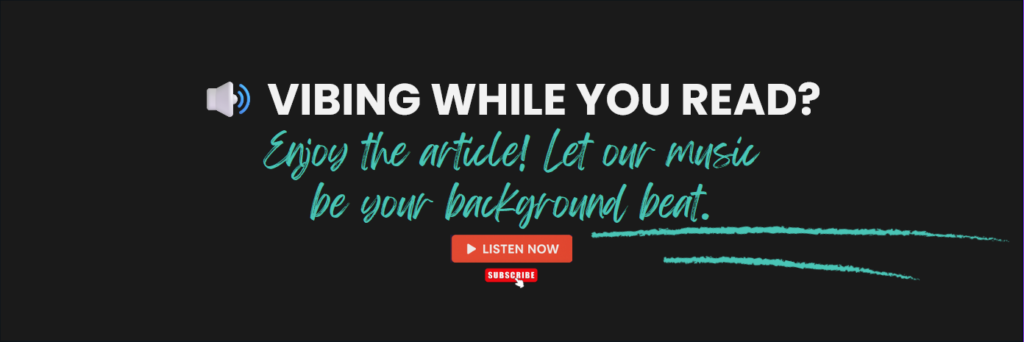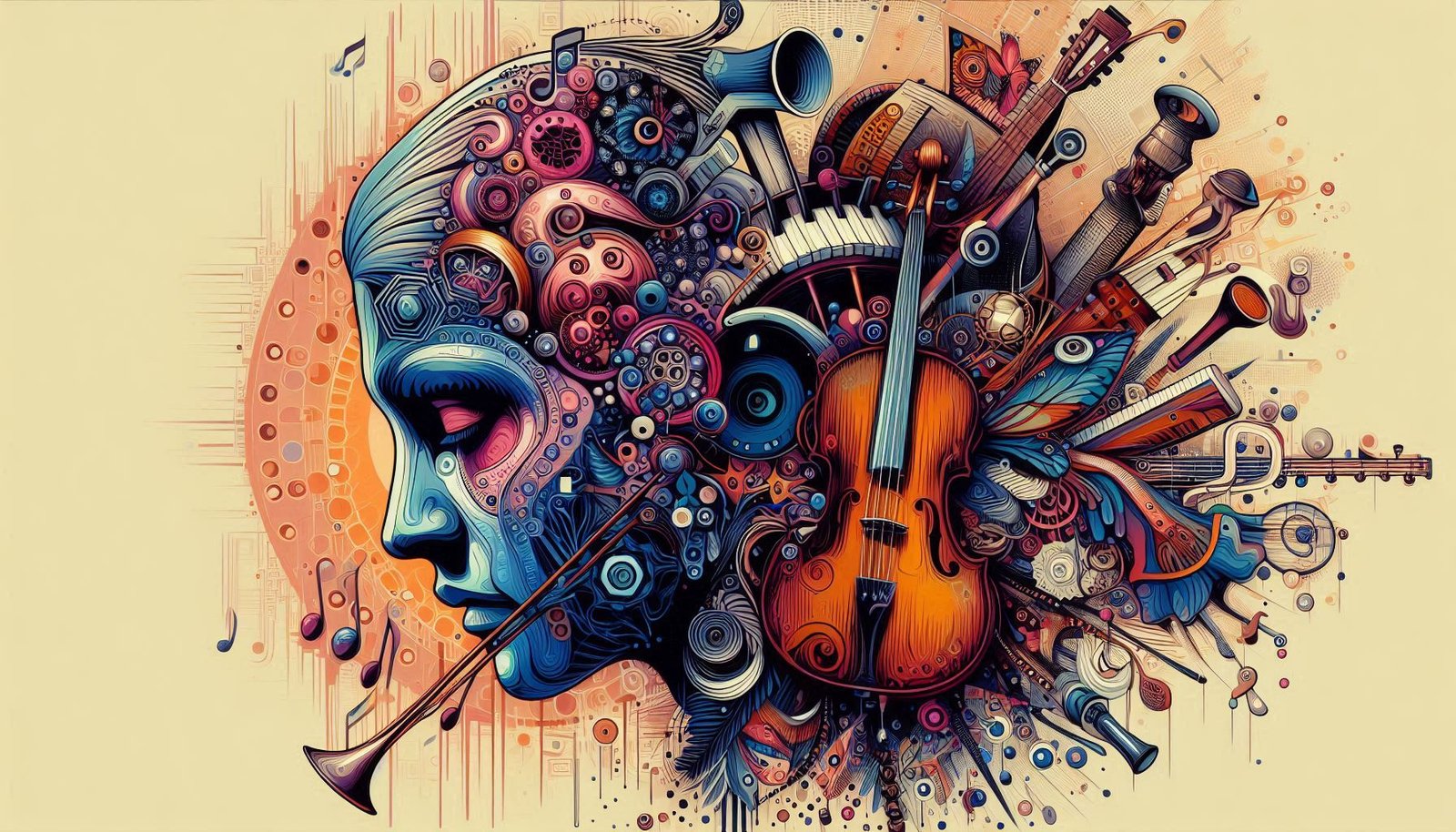
Not every artist wants the spotlight for themselves. Some step on stage to lift others up, soothe a hurting world, and offer healing through their sound. These are the musicians who show up with open hearts, open arms, and often, open wounds. This is the Caregiver archetype.
In music, Caregivers are the emotional anchors. Their songs comfort us, remind us we’re not alone, and provide refuge during difficult times. They’re not just here to perform—they’re here to care.
Let’s explore the soul of The Caregiver archetype and why their music matters more than ever in a world that’s constantly moving, changing, and aching.
What Are Musician Archetypes?
Musician archetypes are creative identities that reflect the different ways artists express themselves, connect with listeners, and show up in the world. The 12 archetypes—from the Hero to the Magician to the Caregiver—help us understand the emotional blueprint behind an artist’s vibe, voice, and vision.
The Caregiver is all about service, nurturing, and compassion. Their art is born from a desire to comfort, to hold space, and to bring healing—whether that’s to individuals, communities, or humanity at large.
Who Is The Caregiver?
Caregivers are musicians who lead with empathy. Their music feels like a warm hug, a gentle nudge, or a whispered reminder that everything’s gonna be okay. They often process collective grief, personal pain, or the beauty of small, quiet moments in life.
Key traits of The Caregiver:
- Deeply empathetic and emotionally attuned
- Focused on healing, unity, and compassion
- Drawn to themes of hope, resilience, and care
- Gentle, nurturing presence in both sound and visuals
- Often involved in activism, community work, or mental health advocacy
Caregivers don’t just sing to be heard. They sing to help.
Real-Life Caregivers in Music
Think of artists like Tracy Chapman, Norah Jones, India.Arie, John Legend, Brandi Carlile, or Bill Withers. Their music often carries messages of unity, healing, or inner strength. Even pop artists like Harry Styles or Billie Eilish have tapped into the Caregiver archetype when they lean into emotional vulnerability and connection.
On the indie side, artists like Phoebe Bridgers, Sufjan Stevens, and Julien Baker offer emotional safe spaces through music. Their songs explore mental health, loss, and love—not to shock, but to soothe.
The Caregiver’s Creative Process
Caregivers write from the heart, often drawing on personal experiences or global events. Their creative process tends to be intentional, intuitive, and emotionally driven.
It might involve:
- Journaling or meditating before writing
- Writing lyrics to process grief, anxiety, or hope
- Minimalist or gentle arrangements that highlight vulnerability
- Vocal delivery that’s soft, soothing, and sincere
They’re less interested in hype—and more focused on healing.
The Caregiver vs. The Lover
Both archetypes deal with emotion, but they express it differently. The Lover channels passion, desire, and intimacy. The Caregiver leans into support, comfort, and safety.
The Lover says, “I want you.” The Caregiver says, “I’m here for you.”
Why The Caregiver Archetype Matters
The Caregiver brings emotional balance to the music world. They:
- Offer comfort in times of crisis or grief
- Normalize vulnerability and emotional care
- Inspire empathy and connection
- Help people feel seen and understood
In a world full of noise, their quiet presence cuts through with clarity.
Challenges Caregivers Face
Being emotionally available can take a toll. Caregivers often struggle with:
- Burnout from over-giving
- Feeling like they need to “fix” everything
- Being overlooked in favor of flashier archetypes
- Navigating the balance between art and advocacy
Still, their strength lies in their softness—and their commitment to care never goes unnoticed.
Signs You Might Be a Caregiver Musician
Ask yourself:
- Do your songs revolve around healing, hope, or support?
- Do fans tell you your music helped them through something?
- Is your creative process driven by empathy or shared experience?
- Are you involved in mental health, social justice, or community causes?
- Do you feel fulfilled when your art makes others feel safe or understood?
If this resonates, you’re probably a Caregiver at heart.
Building a Career as a Caregiver
Here’s how Caregivers can thrive in the music space while staying true to their values:
- Lead With Purpose: Let your music reflect your mission—whether it’s mental health, equality, or emotional connection.
- Use Gentle Branding: Soft tones, handwritten lyrics, organic visuals, and intimate performances all resonate.
- Build Supportive Communities: Foster safe spaces for fans through live chats, personal updates, and honest storytelling.
- Collaborate With Other Empaths: Work with other archetypes who value emotion and healing, like the Sage or the Lover.
- Make Music for Well-being: Create content that supports relaxation, healing, or mindfulness. Think “comfort music” playlists.
The Caregiver in the Digital Era
Caregivers do well on platforms that value authenticity. Use Instagram Stories, Substack, or YouTube to share:
- Behind-the-scenes moments of your creative process
- Honest conversations about mental health
- Supportive, motivational content
- Personal reflections or “check-in” videos for your community
You don’t need to go viral. You need to go deep.
Caregivers often build loyal, long-term audiences who stay for the emotional connection—not just the hits.
Final Thoughts: Healing Through Harmony
The Caregiver may not chase clout, but their presence is powerful. They make music that holds us, lifts us, and reminds us we’re not alone. They turn pain into poetry and presence into power.
If your music feels like a warm blanket on a cold night—if your voice trembles with empathy—if your mission is to love, serve, and heal—you’re not just making music.
You’re creating sanctuary.
So keep caring. Keep showing up. The world needs your tenderness now more than ever.


